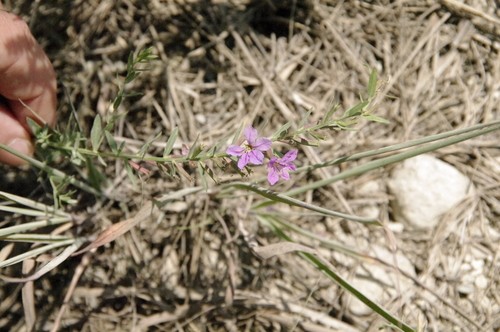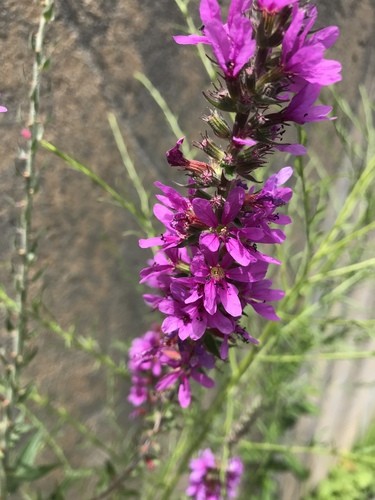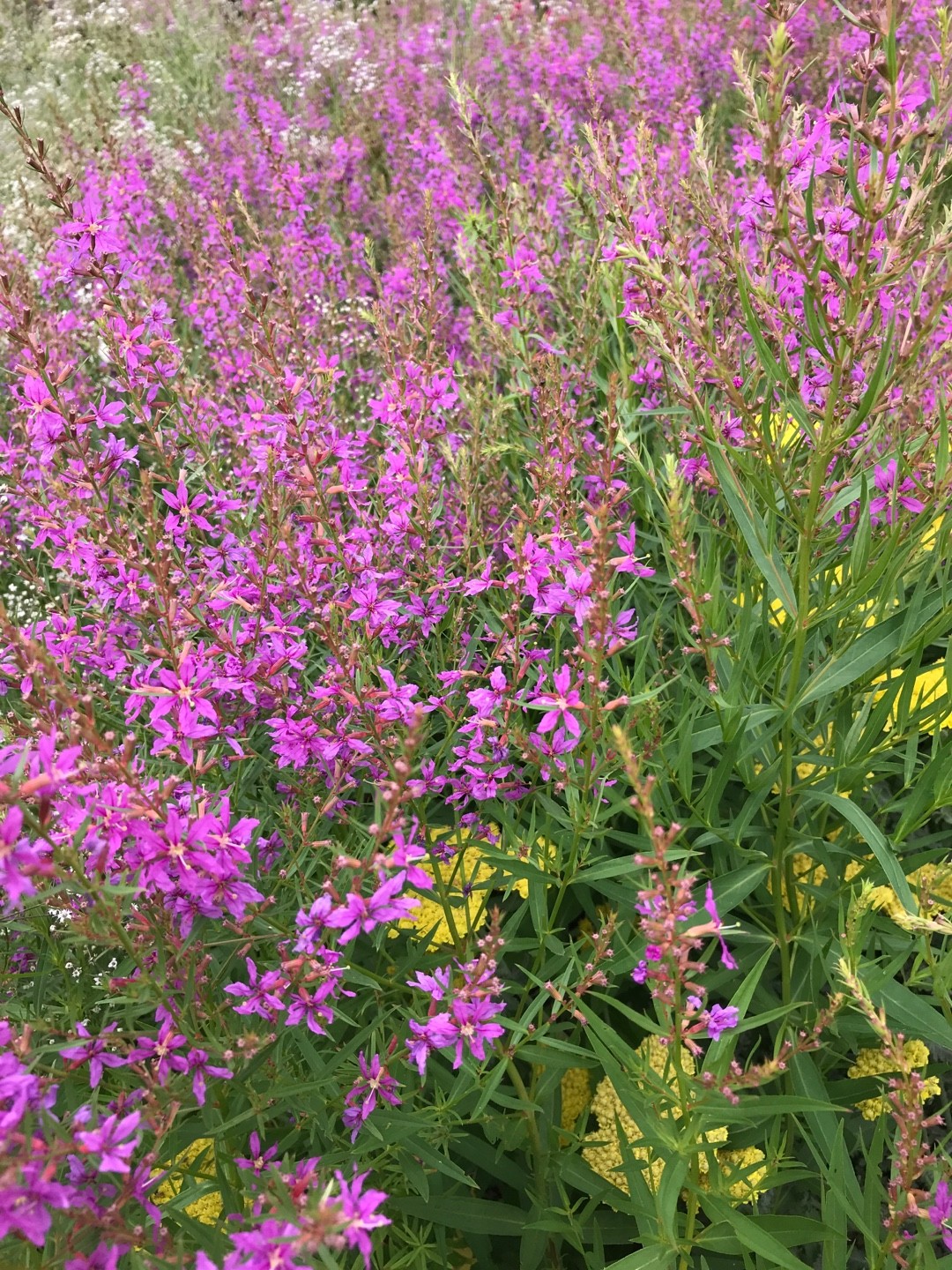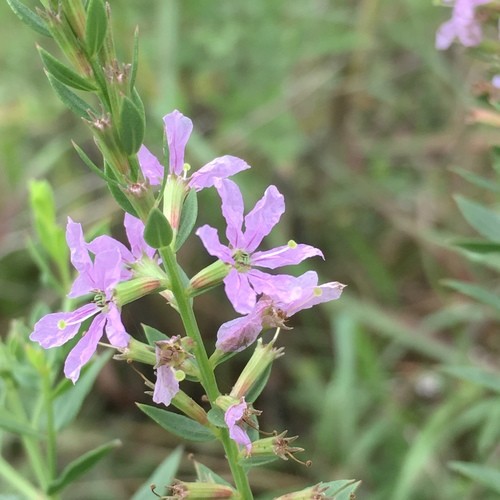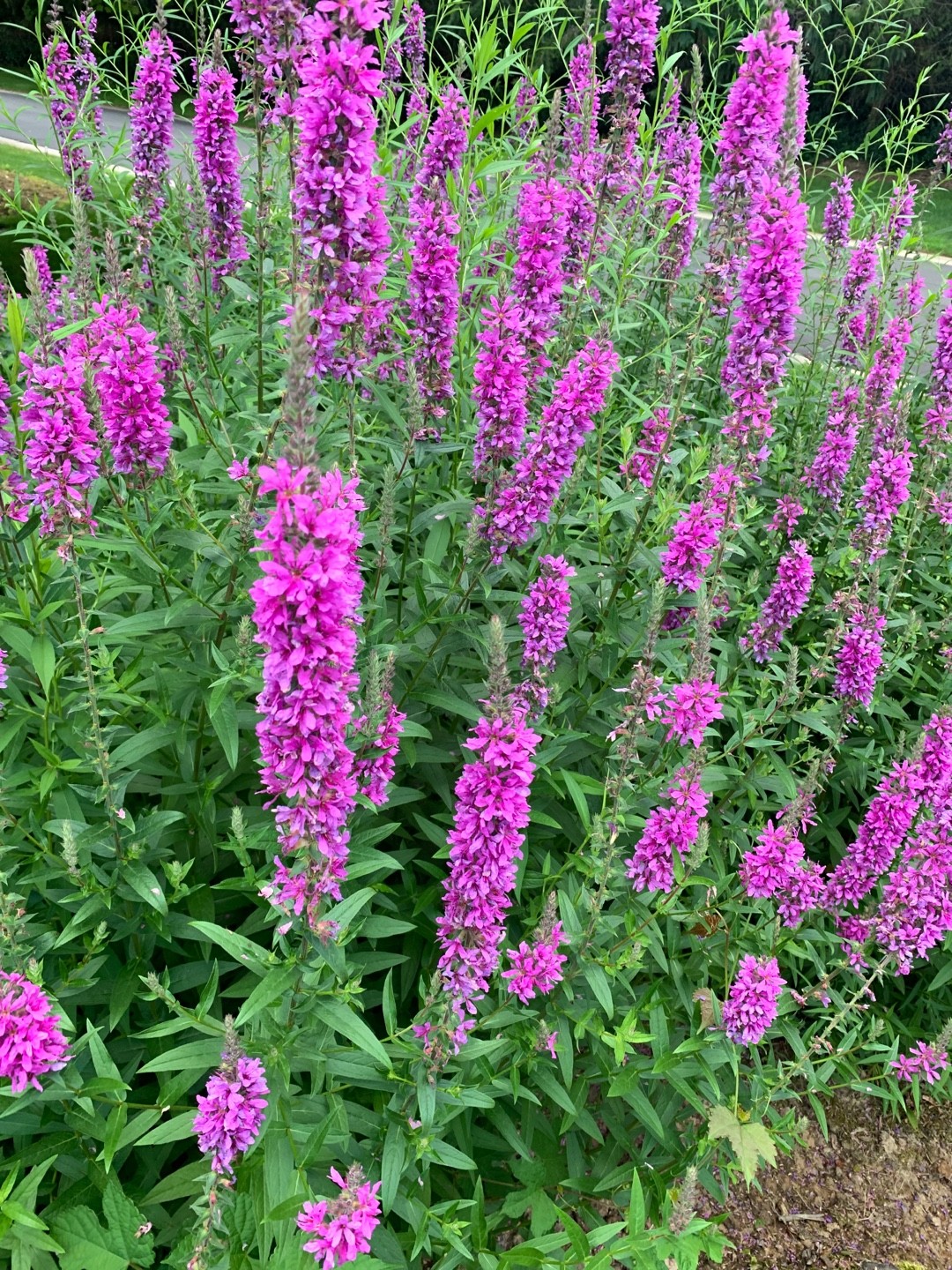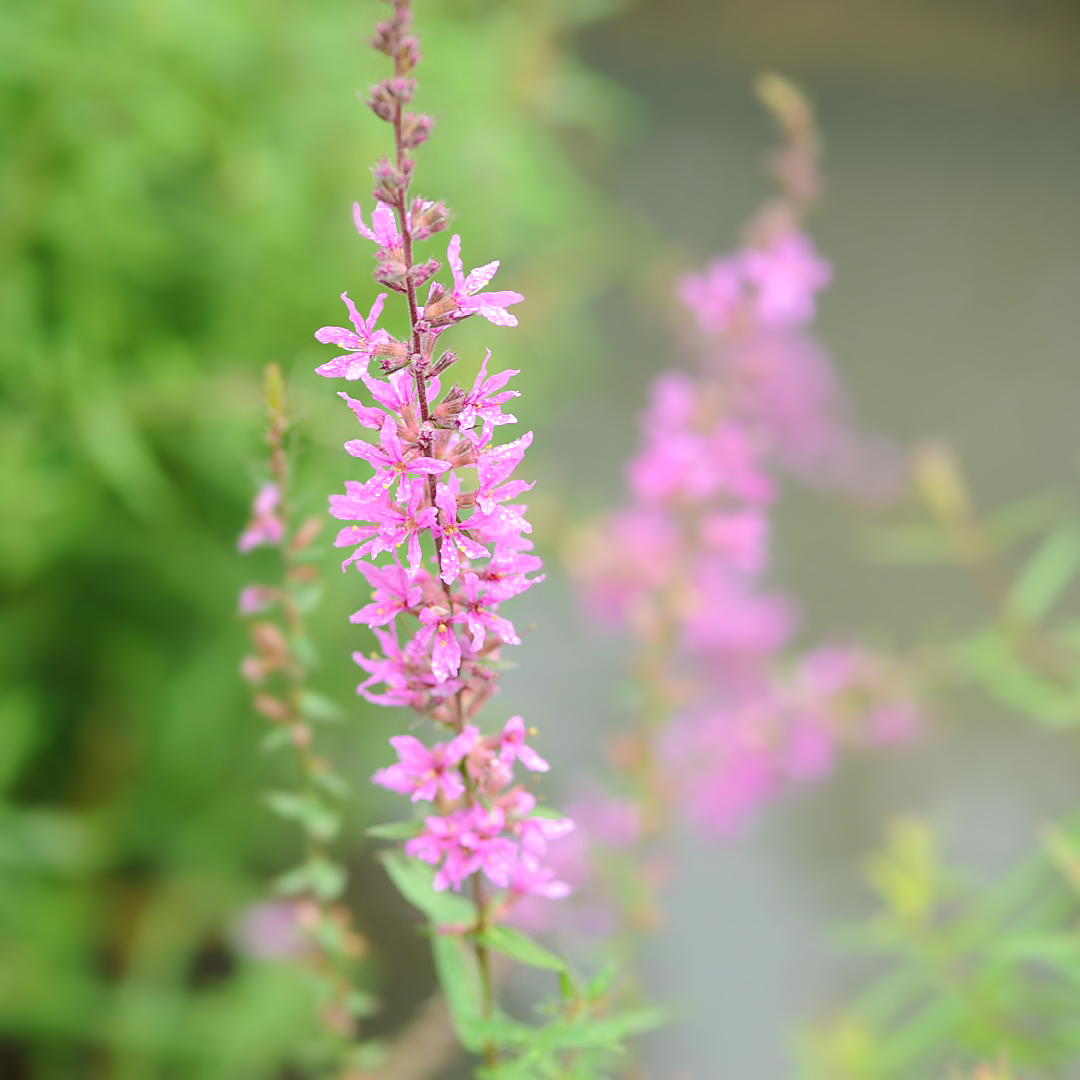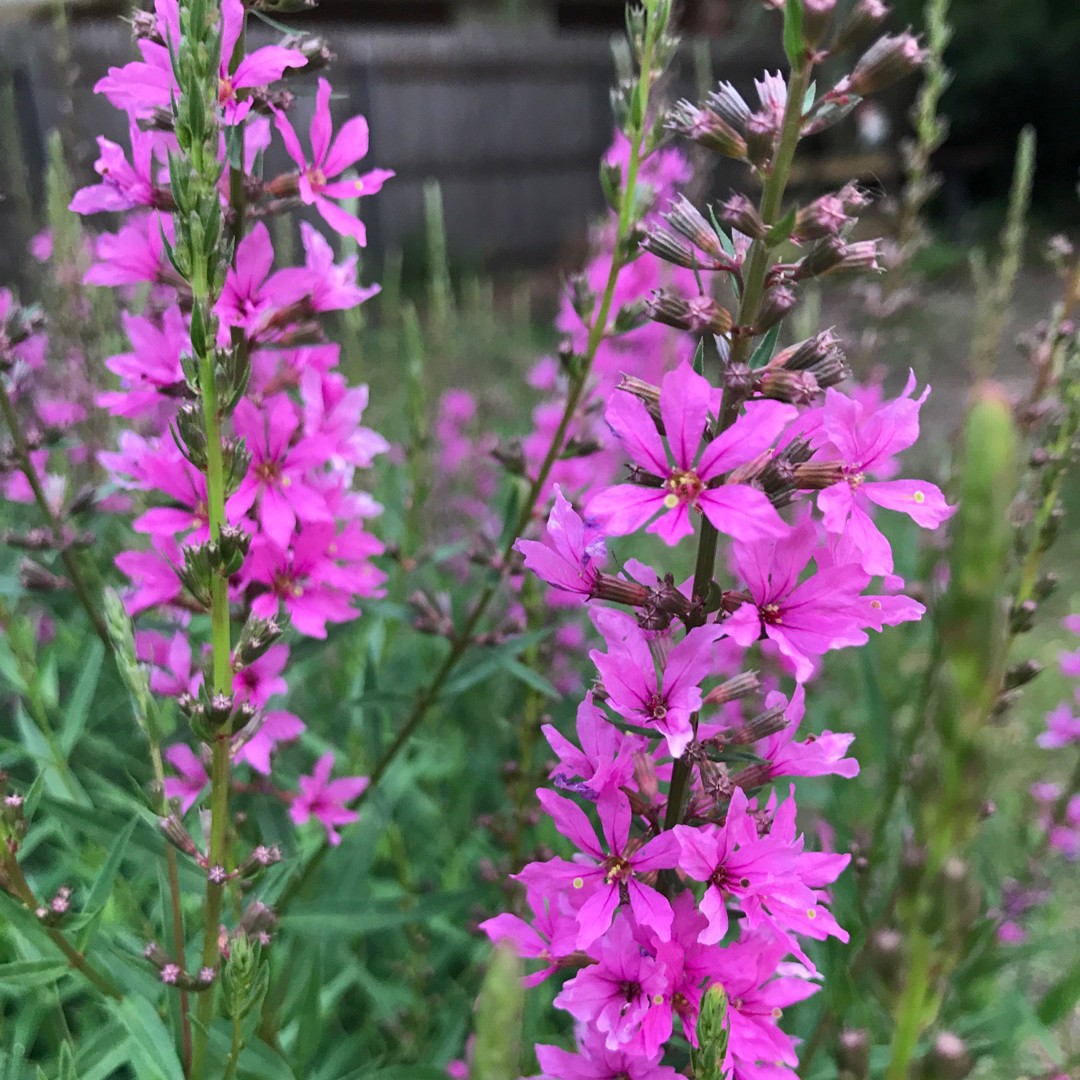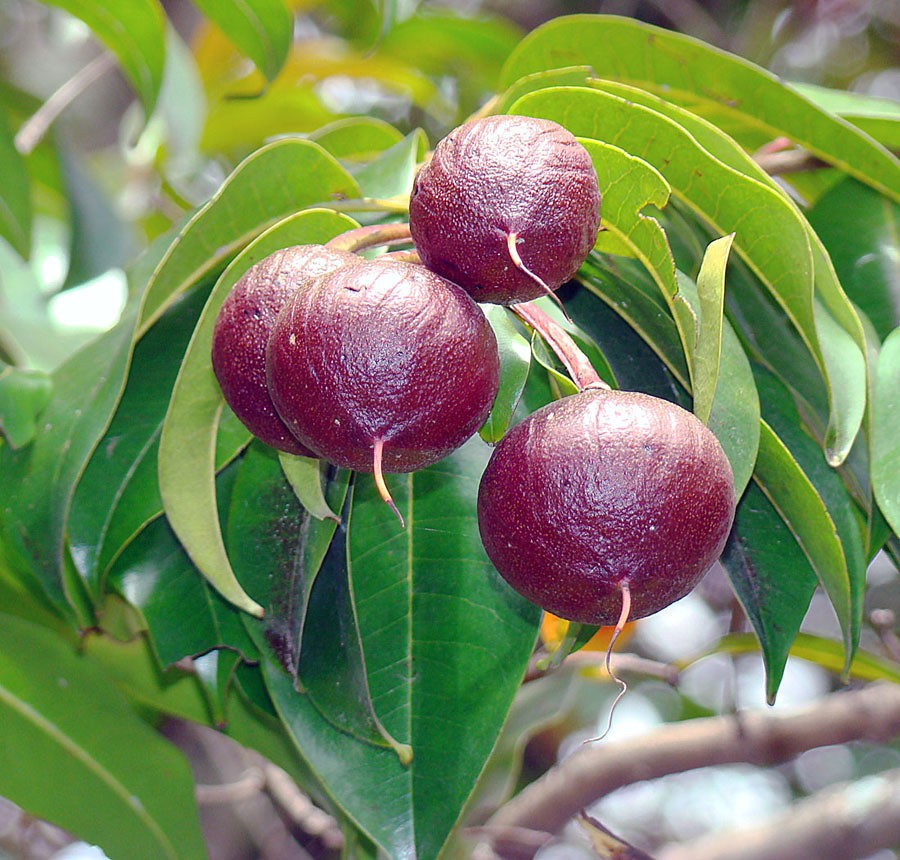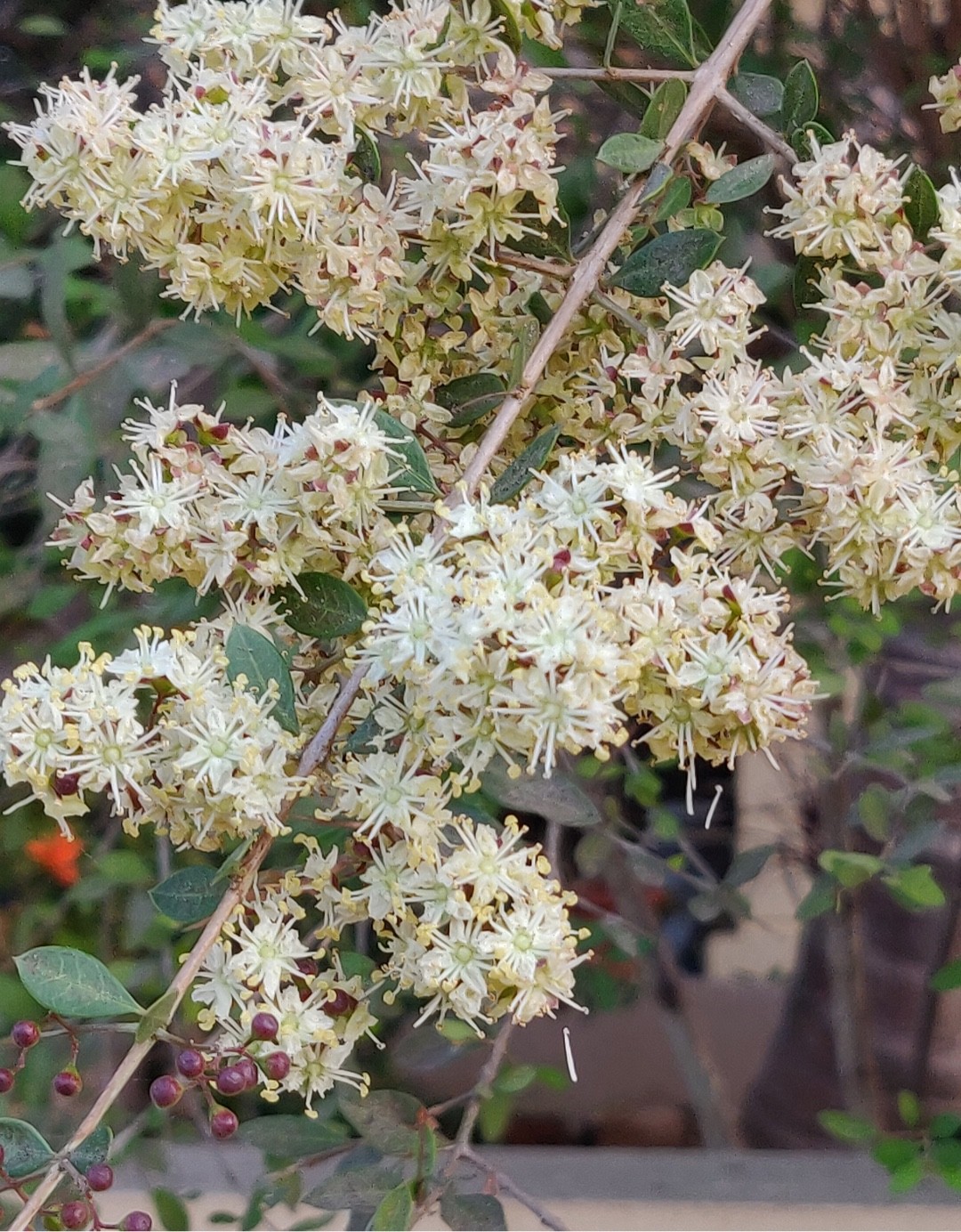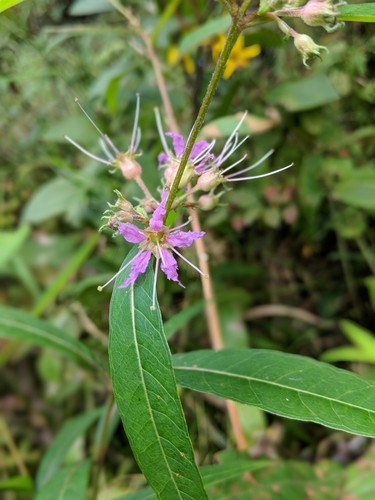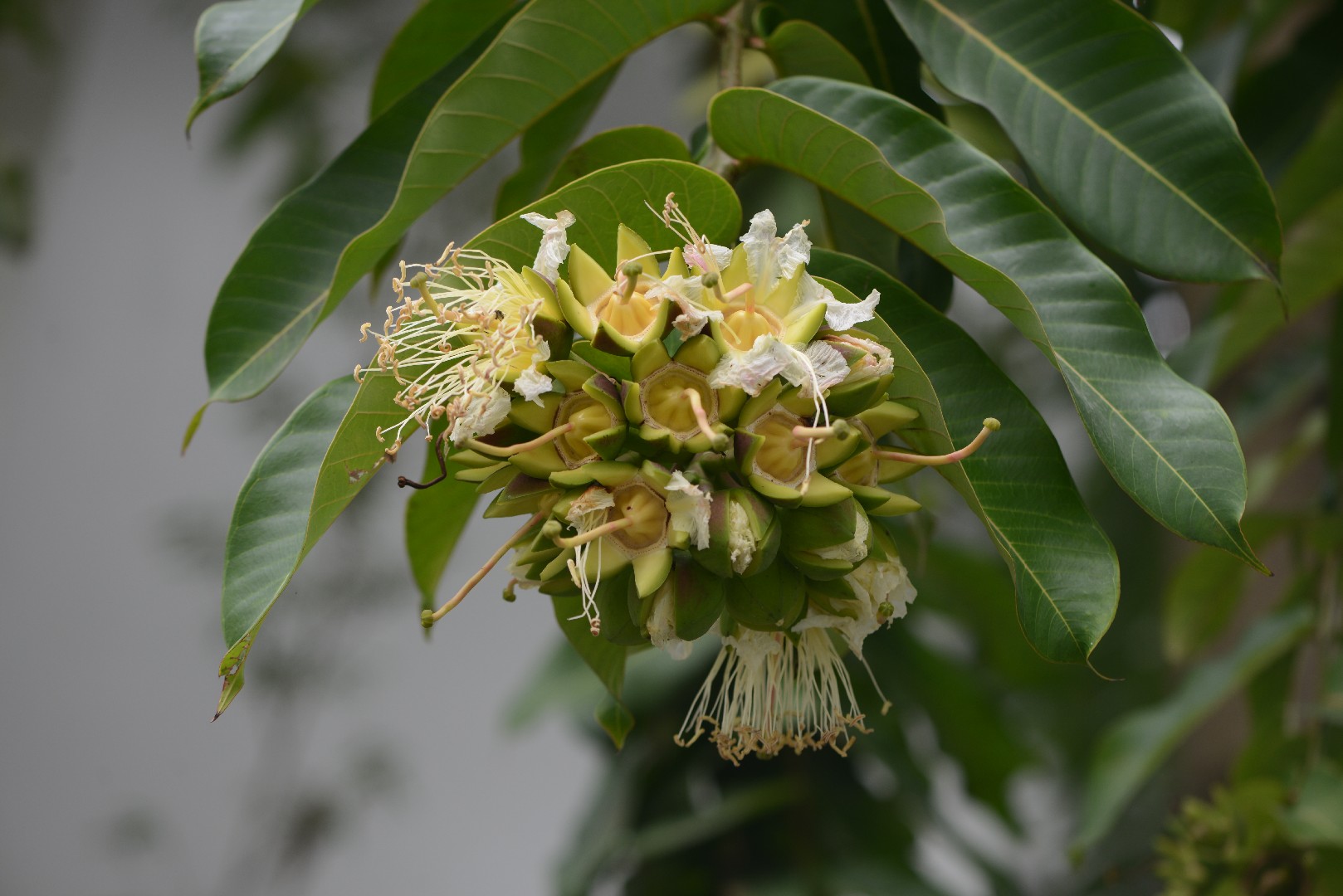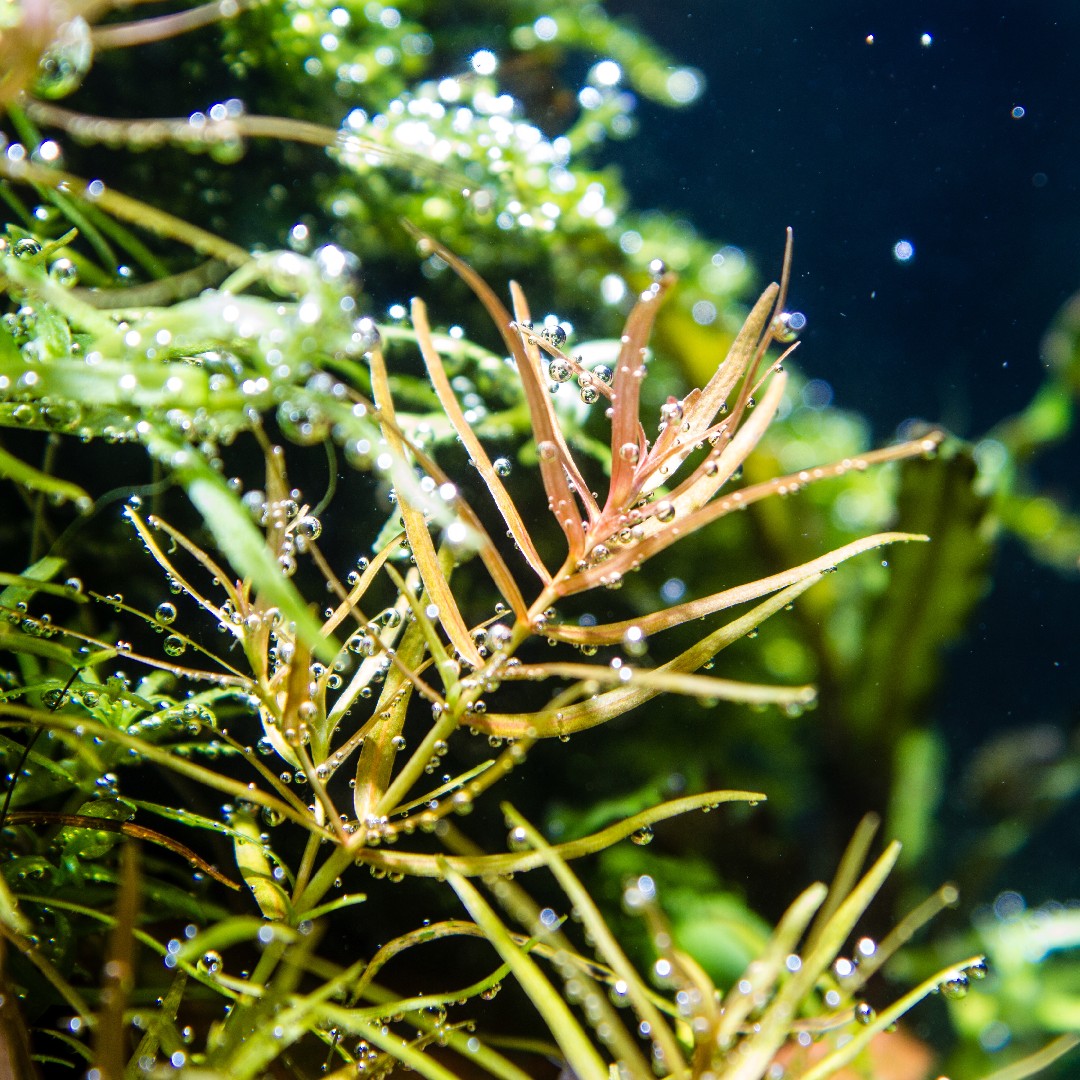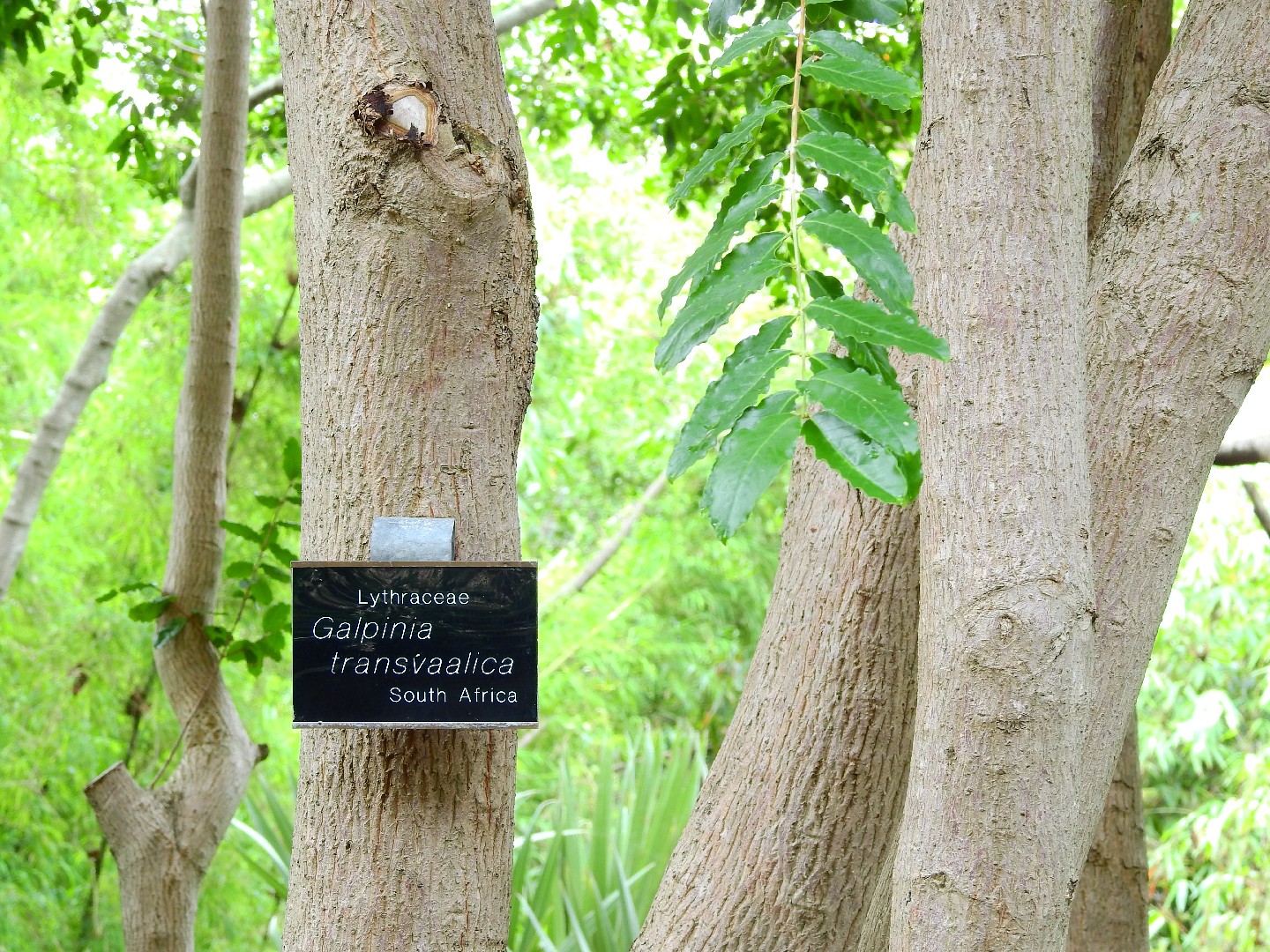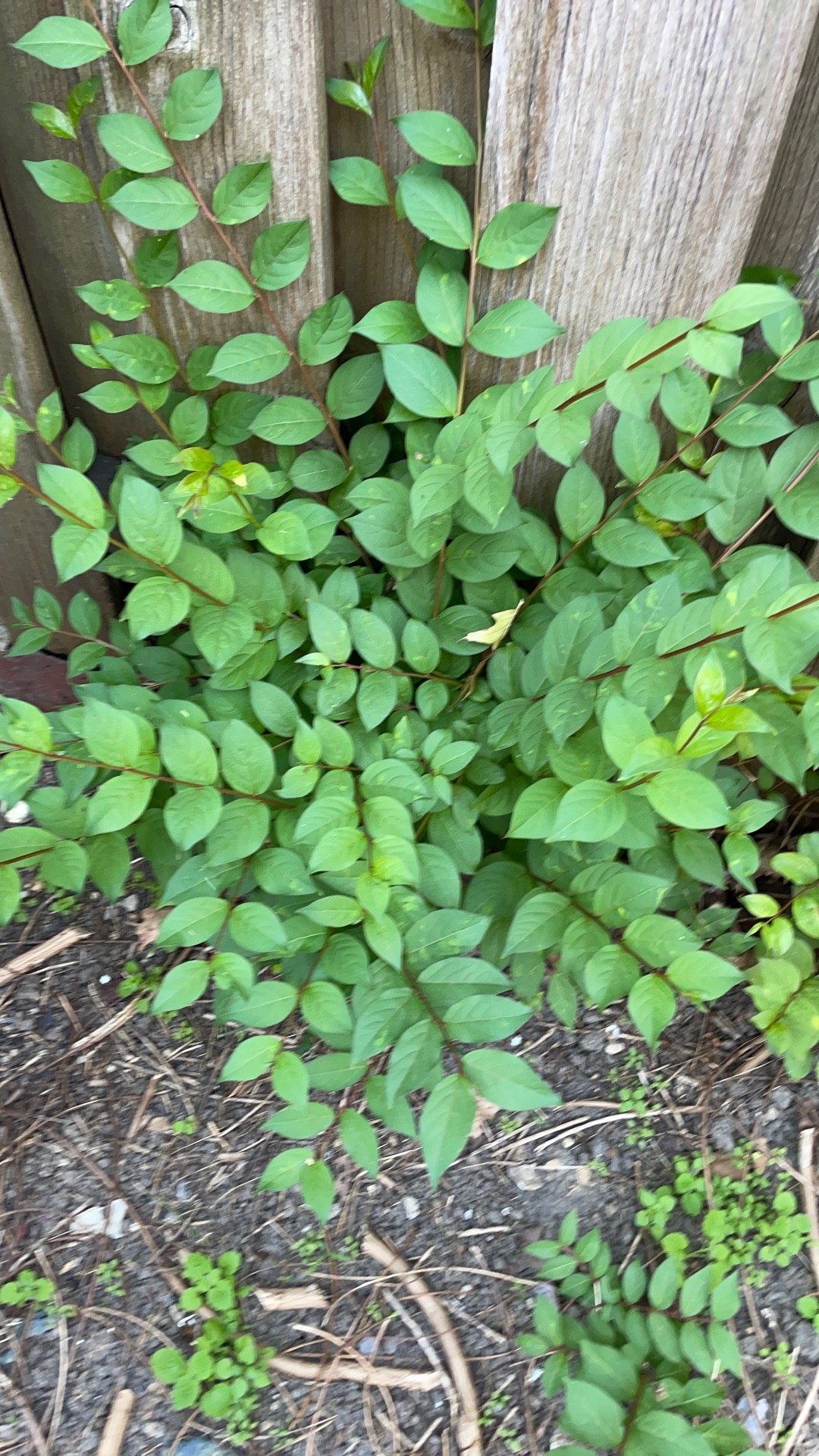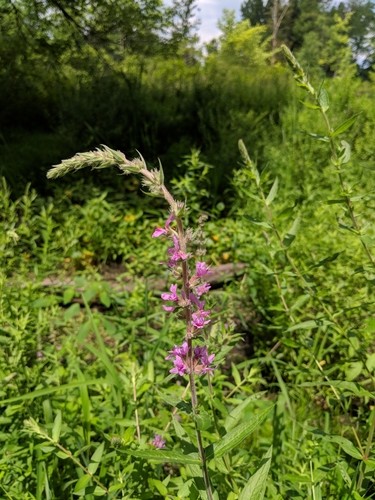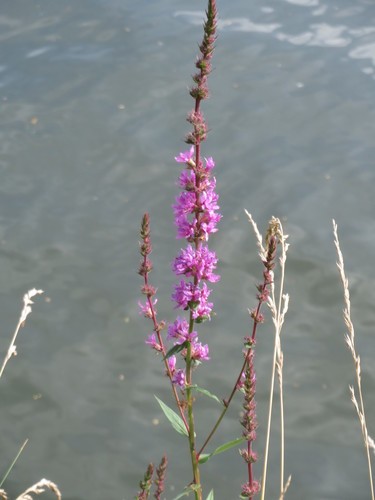Lawsonia
Lawsonia has a sole species. Lawsonia is a tall shrub or small tree, standing 1.8 to 8 m tall. It is glabrous and multi-branched, with spine-tipped branchlets. The leaves are glabrous, sub-sessile, elliptical, and lanceolate, acuminate, and have depressed veins on the dorsal surface. Its petals are ovate, with white or red stamens found in pairs on the rim of the calyx tube. Lawsonia fruits are small, brownish capsules, with 32–49 seeds per fruit, and open irregularly into four splits. The lawsonia plant is native to northern Africa, western and southern Asia, and northern Australia, in semi-arid zones and tropical areas.

